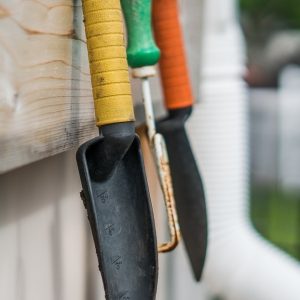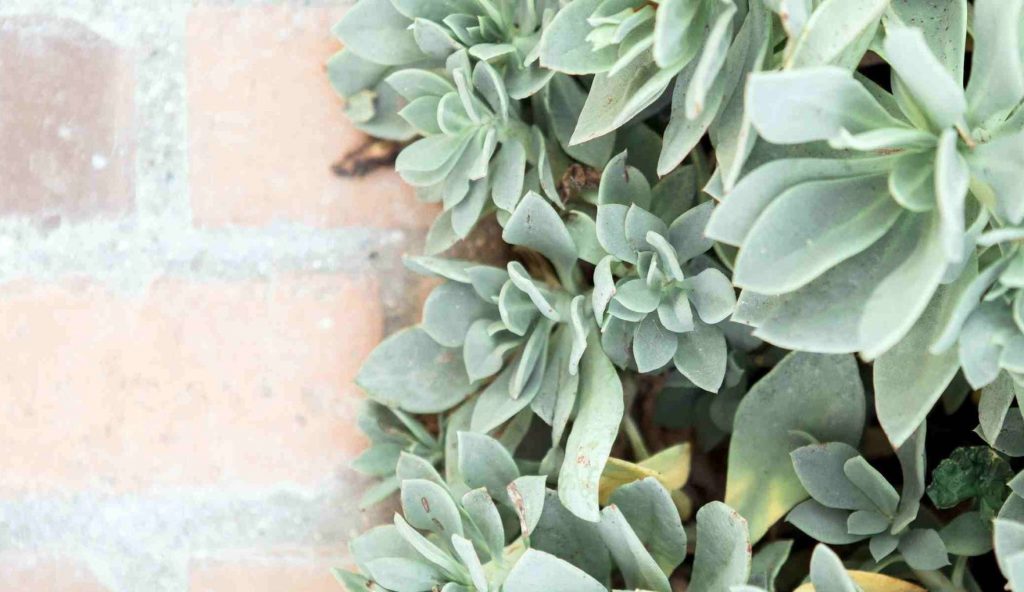Have you Heard of an Ecosystem in a Terrarium?
A terrarium is a glass garden comprising tiny plants and other natural things like reptiles, marble, and sea rocks. Having terrariums in your home or office brings out this natural ambiance in the room.
Even though they are self-sustaining and need low maintenance, that shouldn’t stop you from occasionally checking up on that glass garden.
Here are some tips on how to keep your beautiful terrariums alive!
1) Regulating Light
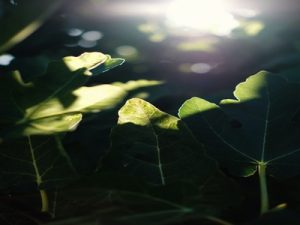
An optimal amount of light is recommended for plants. Terrariums do not need excess sunlight as this will only kill them.
Find the perfect spot for this type of home gardening – away from direct sun.
Remember, we are regulating the light, not wholly denying your plants’ light! All plants need that sunlight to grow and flourish.
If your terrariums aren’t getting enough sunlight, or you worry about exposing them to direct light, you may consider putting growing lights around the glass. In addition, supplement light from fluorescents can do the trick too.
2) Avoid Heat Sources
Stoves, heating vents, gas cookers, radiators, among other heat sources, endanger your plants. It is best if you keep your terrariums as far away as possible.
Imagine how uncomfortable sitting in a car with closed windows on a sunny day can be. The same will happen to your plants if you put them next to heat sources. They will wither before you even get to save them.
3) Stop Overwatering
Water is another vital requirement for terrarium plants to grow well. However, be careful not to overwater your terrarium. I know sometimes we may overwater the terrarium without our knowledge.
However, you could invest in a spray bottle so you’ll have control over how you water the plants. But, if you happen to overwater your plants, dry off the excess with paper towels.
Also, let the glass open; the humidity will reduce with time. Additionally, try to have a watering roster/calendar where you mark the watering days. You will never forget.
4) Selecting the Right Plants
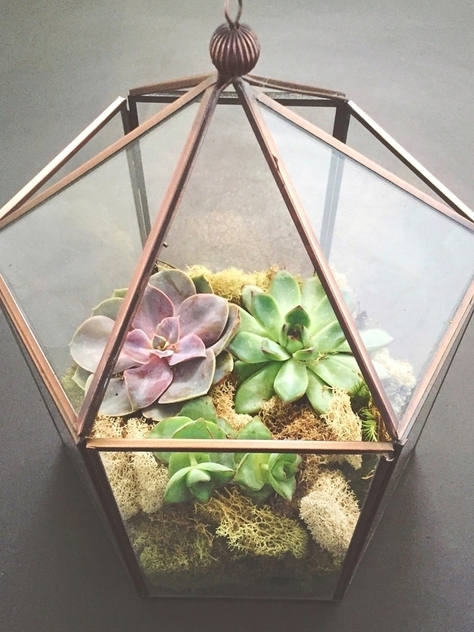
You can have almost any plant in that terrarium. However, you need to select ideal plants that will fit a terrarium ecosystem.
Whether it’s a closed or open terrarium, choose wisely, or you’ll end up killing them.
For plants in closed terrariums, choose the plants that thrive in dumpiness. Pick plants that need less light, like succulents.
5) Avoid Fertilizers at all Costs
Terrariums can do well as long as they get enough sunlight and water. Adding fertilizers will only make the plants outgrow that glass when we want to keep them confined. To stop the overgrowth, do not add any fertilizers so we can stop these plants from growing too much.
6) Creating an Open Terrarium
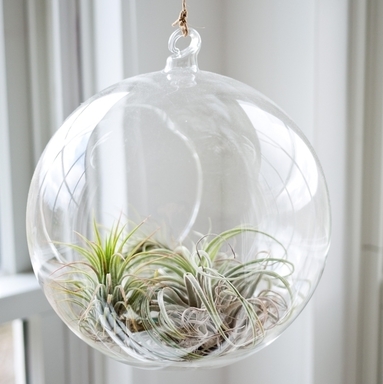
An open terrarium is a glass garden that is not enclosed with a lid. If you want to see your terrarium glow, then I recommend an open terrarium.
This is because the plants like succulents mostly grow in moist environments, and enclosing them in a glass will suffocate them.
Open terrariums allow dissipation of the excess humidity. When creating this indoor garden, ensure air is enough around the plants.
7) Pruning
For your indoor garden to stay healthy, you need to prune them every once in a while. If your plants’ touch each other, that means they are overcrowded, so you must cut off the dead foliage. Pruning helps prevent your plants from rotting.
8) Sneaking Fresh air in the Container
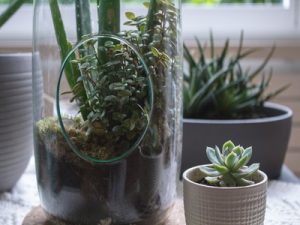
Those home gardeners who prefer closed terrariums should allow some fresh air in their terrariums. They can make a routine of opening the jars after a week to let some fresh air.
The lid should be left open for about 12 hours for condensation to take place.
Remember, every living thing needs some breathing!
9) Get rid of the Non-Flourishing Plants
One way to ensure you create the perfect terrarium is by removing the plants that aren’t flourishing. Either they are dying or infected by a disease. If this happens, you have to act fast and segregate them from the rest before affecting others.
Remove even those that are ugly looking as they would ruin the beauty. Carefully dig out the affected plant from its roots using a long spoon. You do not want to mess with the rest of the plants’ roots.
Be sure to replace it with a plant that fits the requirements of a terrarium.
10) Layering Your Container
Here it would be best if you were careful with what you put in your container. First and foremost:
- Pick out a container that suits you. Plastic and glass are the most famous type you can use. However, do not feel limited to trying others. Glass terrariums are affordable and easy to find, from liquor bottles, etc. but limited to some sizes and shapes. Plastic, on the other hand, is light and durable, but prone to discoloration and scratch.
- At the foundation, place sand or ground charcoal for draining to prevent plants from rotting. Charcoal is known to reduce odors and bacteria as well as absorbing excess dumpiness.
- Next, place the tiny pebbles in the sea. Aquarium gravel works, too.
- On top of the pebbles, you’ll place some soil. Not just any dirt, but the right kind with high organic matter.
- Lastly, plant them in the container and watch the biosphere in action. There are tools specifically made for such gardens. Using the right tools will save you a lot of stress.
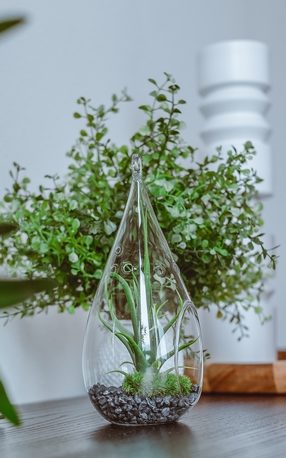
Preventing Your Terrarium From Dying: Learn These Tips now!
These tips will help you to create a beautiful terrarium and watch it thrive.
Hope these recommendations guide you to avoid some common mistakes that could otherwise be a threat to your indoor garden. They may not be comprehensive, but you have to start from somewhere.
Pay close attention when selecting garden plants, the suitable soil, the perfect container to use, and where you should place the terrarium. Pruning, overwatering among other tips above, have benefits you can’t ignore.
Take a deep dive and let me know if these tips were helpful. Good luck!
Image Courtesy: Unsplash.com and Pixabay.com



